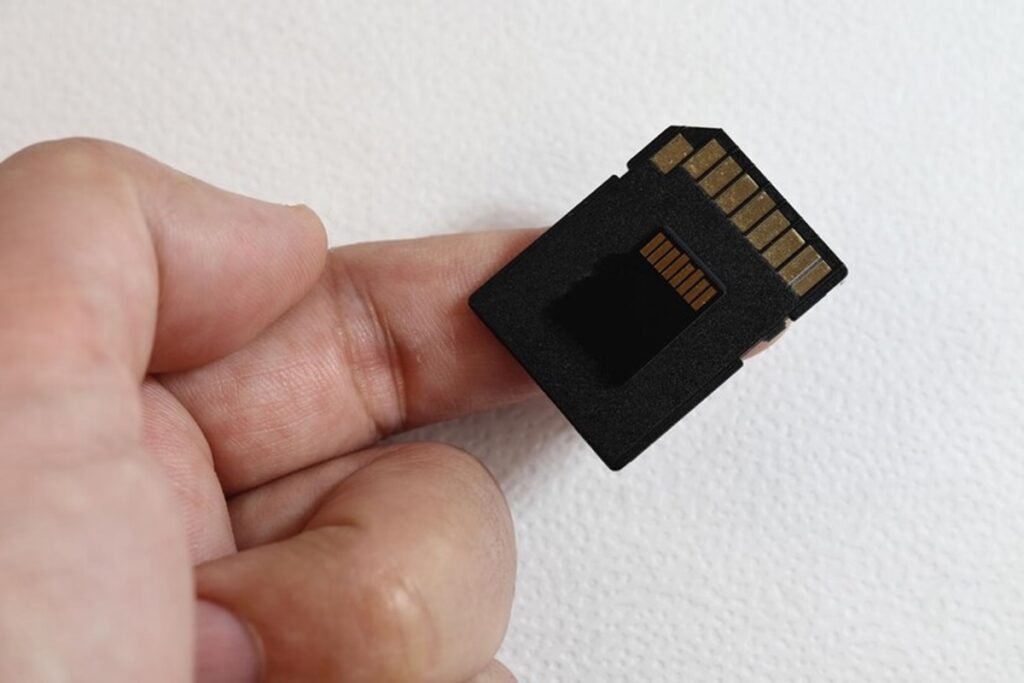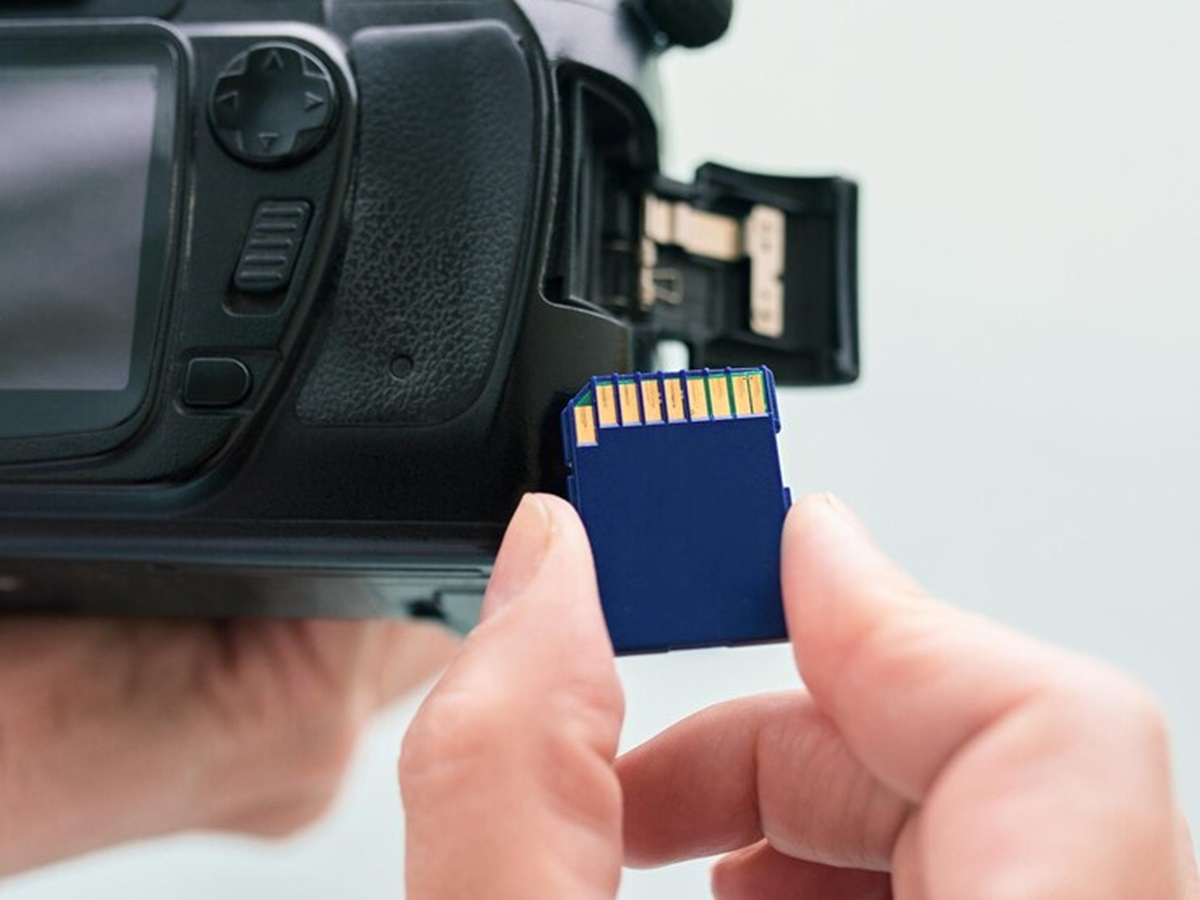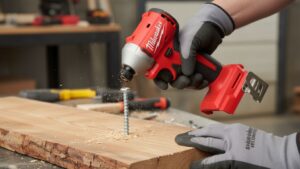Can You Fix a Corrupted SD Card?

Imagine this: you excitedly pull out your SD card from your camera, eager to relive those captured memories. But instead of the familiar folders filled with photos, your device displays an error message. Dread sets in – your SD card might be corrupted!
Fear not, fellow tech adventurer! While a corrupted SD card can be a cause for concern, there are steps you can take to salvage the situation. According to a study by Gillware Inc., SD cards can become corrupted due to physical damage to the cells of the card, which can result from wear on the chips, leading to unreadable sectors governing critical filesystem data. This guide delves into the world of SD card woes, equipping you with the knowledge to potentially fix your card and recover your precious data.
Understanding SD Card Corruption
An SD card, or Secure Digital card, is a portable storage device widely used in cameras, smartphones, and other electronics. It stores data using a file system, much like your computer’s hard drive. However, SD cards are susceptible to corruption, which can render them unreadable or cause errors.

There are several culprits behind corruption:
- Improper removal: Ejecting the SD card abruptly, without following the proper “safely remove” procedure, can disrupt the writing process and corrupt data.
- Physical damage: Dropping your SD card or exposing it to extreme temperatures can damage the internal components, leading to corruption.
- Manufacturing defects: Though less common, even brand-new SD cards can have inherent flaws that cause corruption.
Symptoms of a Corrupted SD Card
How do you know if your SD card is corrupted? Here are some telltale signs:
- The device cannot recognize the SD card: Your camera or computer might not detect the card when inserted.
- Error messages: You encounter error messages when trying to access the SD card.
- Corrupted or missing files: Files appear damaged, unreadable, or have vanished altogether.
- Slow performance: The device struggles to read or write data to the SD card, experiencing slow transfer speeds.
Recovering from Corruption: A Multi-Step Approach
Before diving into complex procedures, here are some initial steps that might resolve the issue:
- Try a different device: Connect the SD card to another device, like a different computer or card reader. Sometimes, the problem lies with the initial device.
- Clean the SD card: Gently clean the metal contacts on the card with a soft, dry cloth to remove any dirt or debris that might be causing connection issues.
- Check for write protection: Some SD cards have a physical switch that enables write protection. Ensure the switch is not in the locked position.
If these basic steps don’t work, consider these advanced methods, but proceed with caution, as some might erase data:
- Error checking (Windows): For Windows users, the built-in CHKDSK utility can scan and attempt to fix file system errors on the SD card.
- Formatting the SD card: Formatting erases all data on the card but can also repair damaged file systems. It’s a last resort, so ensure you’ve exhausted other options and have backups if possible.
- Data recovery software: If formatting is unavoidable, consider using data recovery software to salvage any remaining files on the corrupted card. However, success depends on the severity of the corruption.
Advanced Techniques (for the Tech-Savvy)
For those comfortable with more technical solutions, here are some additional options (research required):
- Diskpart (Windows): This command-line tool offers more granular control over disk management, but its complexity requires caution.
- PhotoRec: A free, open-source data recovery tool that can recover various file types from corrupted storage devices.
- Linux data recovery tools: Linux offers powerful data recovery tools like TestDisk and PhotoRec that can be particularly effective in certain situations.
Prevention is Key: Protecting Your SD Cards
While data recovery methods exist, it’s always better to prevent corruption in the first place. Here are some best practices:
- Safe removal: Always follow the proper “safely remove” procedure before ejecting the SD card.
- Formatting regularly: Formatting your SD card periodically (like every few months) can help prevent file system errors.
- Backup regularly: Maintaining backups of your important data on a separate device ensures you have a safety net in case of corruption.
- Choose reputable brands: Invest in SD cards from reputable brands known for their reliability and durability.
- Avoid extreme conditions: Protect your SD cards from extreme temperatures, humidity, and physical impact.
Beyond the Basics: A Unique Perspective
This article goes beyond simply listing data recovery methods. It delves into the reasons behind corruption, empowering readers to understand the root cause of the problem. Additionally, it offers insights for both novice and tech-savvy users, providing a multi-layered approach to tackling SD card woes.
By incorporating storytelling elements (like the initial camera scenario), the article aims to connect with readers on a personal level, making technical concepts more relatable.
Remember: If you’re unsure about any data recovery procedures, consult a professional data recovery service to maximize your chances of successful recovery.
In Conclusion
SD card corruption can be stressful, but with the right knowledge and approach, you might be able to recover your data and salvage the situation. Remember, prevention is key – by following safe practices and creating backups, you can minimize the risk of data loss and keep your digital memories safe.
Related:
How Do You Fix a Serious Error Has Occurred in the System Software the Ps4 Will Restart?








